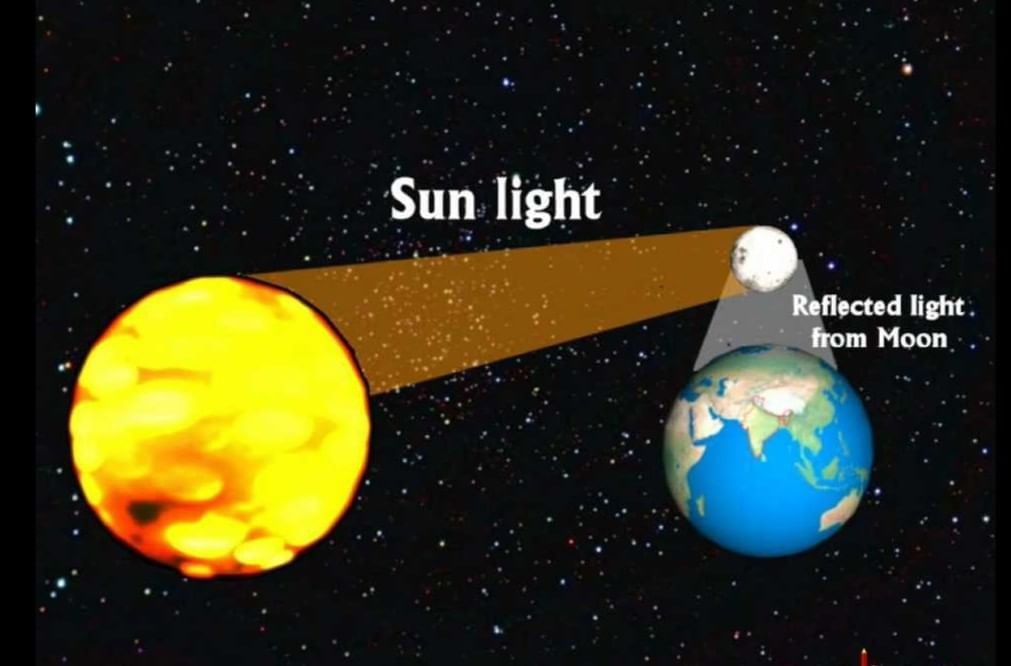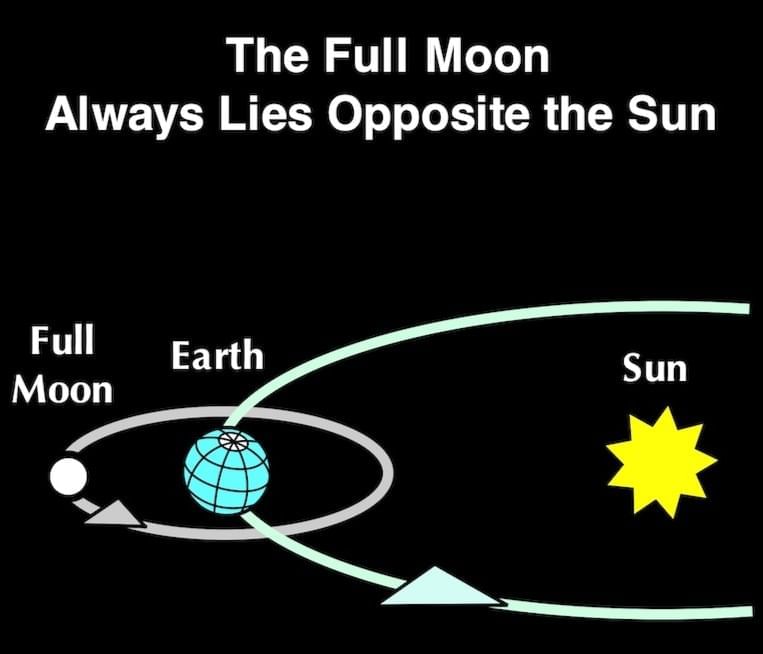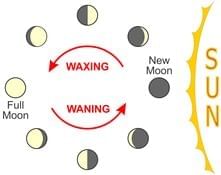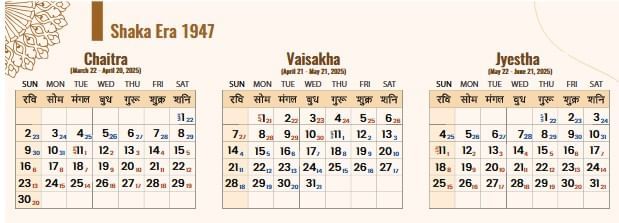Unit Test (Solutions): Keeping Time with the Skies | Science Curiosity Class 8 - New NCERT PDF Download
Time: 1 hour
M.M. 30
Attempt all questions.
- Question numbers 1 to 5 carry 1 mark each.
- Question numbers 6 to 8 carry 2 marks each.
- Question numbers 9 to 11 carry 3 marks each.
- Question numbers 12 & 13 carry 5 marks each.
- 1-mark questions include MCQs.
Q1: The Moon shines in our sky because it (1 Mark)
(i) emits its own light
(ii) reflects sunlight
(iii) glows due to heat from Earth
(iv) shines only during night
Ans: (ii)
The Moon has no light of its own; the half facing the Sun is illuminated and reflects sunlight toward Earth. We see only the illuminated portion that faces us.

Q2: The changing visible shapes of the Moon as seen from Earth are called (1 Mark)
(i) eclipses
(ii) seasons
(iii) phases of the Moon
(iv) lunations
Ans: (iii)
Phases are due to changing orientation of Sun–Moon–Earth as the Moon revolves around Earth; the illuminated fraction visible from Earth varies.
Q3: The period when the bright part of the Moon decreases day by day is called (1 Mark)
(i) waxing (Shukla Paksha)
(ii) waning (Krishna Paksha)
(iii) eclipse season
(iv) tropical period
Ans: (ii)
Waning (Krishna Paksha) runs from full Moon to new Moon; waxing (Shukla Paksha) runs from new Moon to full Moon.
Q4: On a full Moon day, the Moon is positioned nearly (1 Mark)
(i) between Earth and Sun
(ii) in the same direction as the Sun
(iii) opposite the Sun in the sky
(iv) at the Earth’s North Pole
Ans: (iii)
At full Moon, Sun–Earth–Moon are roughly in a line with Earth between Sun and Moon; Sun rises in the East while Moon is near setting in the West.

Q5: The mean solar day (used to define 24 hours) is the average time between (1 Mark)
(i) two consecutive sunrises
(ii) Sun’s highest position (noon) on successive days
(iii) two moonrises
(iv) two midnights
Ans: (ii)
Mean solar day is the average interval from the Sun’s highest point one day to the highest point the next day (~24 hours).
Q6: Why do we see the Moon in different positions at the same clock time on successive days? (2 Marks)
Ans: The Moon moves ahead in its orbit while Earth completes one rotation in ~24 hours, so Earth must rotate ~50 minutes more each day for the Moon to appear in a similar sky position. Hence moonrise/position shifts daily.
Q7: State two observational differences between waxing and waning periods of the Moon that help locate it in the sky. (2 Marks)
Ans: (i) Waxing: bright portion increases; easiest to spot near sunset, with Moon seen farther from Sun each evening until full Moon.
(ii) Waning: bright portion decreases; easiest to spot near sunrise, with Moon seen closer to the Sun each morning until new Moon.

Q8: The phases of the Moon are NOT caused by Earth’s shadow. Explain briefly. (2 Marks)
Ans: Phases arise from changing viewing geometry of Sun-lit half of the Moon as it orbits Earth. Earth’s shadow on the Moon causes a lunar eclipse (rare, brief, full Moon only), not the daily phases.
Q9: In Activity 11.2 (ball, lamp, observer), identify which ball positions correspond to full Moon and new Moon. Justify. (3 Marks)
Ans: Full Moon: ball opposite the lamp (position analogous to A). The observer faces the fully illuminated hemisphere (entire bright half visible). New Moon: ball toward the lamp (analogous to E). The observer faces the non-illuminated hemisphere (bright half faces away), so it is essentially invisible.
Q10: Define Shukla Paksha and Krishna Paksha. Approximately how long is each and how do the visible shapes change? (3 Marks)
Ans:
- Shukla Paksha (waxing): from new Moon to full Moon (~14–15 days); visible bright fraction grows—crescent → first quarter (half) → gibbous → full.
- Krishna Paksha (waning): from full to new (~14–15 days); bright fraction shrinks—gibbous → last quarter (half) → crescent → new.
Q11: A student claims, “The Moon always rises when the Sun sets.” Is this correct? Explain with an example. (3 Marks)
Ans: Not always. Moonrise time shifts by ~50 minutes daily. For many phases, the Moon can rise in the afternoon (e.g., waxing gibbous) or after midnight (waning phases). Only near full Moon does moonrise occur close to sunset; otherwise it varies.
Q12: Calendars and timekeeping. (5 Marks)
(a) Name and define the natural cycles that underpin a day, a month, and a year.
(b) Why does a Gregorian leap year occur and what special century rule is followed?
(c) State one key difference between lunar and solar calendars in aligning with seasons.
Ans:
(a) Day: Earth’s rotation; measured by Sun’s highest position to next (mean solar day ~24h). Month: Moon’s phase cycle (~29.5 days from full to full). Year: Earth’s revolution around Sun (cycle of seasons ~365¼ days).
(b) Leap year adds a day roughly every 4 years to account for the extra ~¼ day per year. Century rule: years divisible by 100 are not leap years unless also divisible by 400 (e.g., 2000 leap, 1900 not).
(c) Lunar calendars count months by Moon phases (12 × ~29.5 = ~354 days), so seasons drift unless corrected. Solar calendars fix months to ~365 days (with leap corrections) to keep seasons aligned.
 Indian National Calendar
Indian National Calendar
Q13: Luni-solar practice, national calendar, and festivals. (5 Marks)
(a) What is a luni-solar calendar and how does it keep in step with seasons?
(b) State two features of the Indian National Calendar (Shaka Era) structure and its start date relative to the Gregorian calendar.
(c) Why do many Indian festivals fall on different Gregorian dates each year? Give one lunar and one solar-based example.
Ans:
(a) A luni-solar calendar counts months by Moon phases (12 lunar months ≈ 354 days) but adds an intercalary month (Adhika Maasa) every 2–3 years to reconcile with the ~365-day solar year, maintaining season alignment.
(b) It’s a solar calendar of 365 days; year begins near the day after the spring equinox (typically 22 March; 21 March in leap years). Months mostly have 30 or 31 days; leap adjustments synchronize with Gregorian leap years.
(c) Dates are tied to lunar phases (and sometimes sunrise at a location), so they shift relative to fixed solar dates. Example (lunar/luni-solar): Diwali (new Moon of Kartika) varies; Eid-ul-Fitr (purely lunar) moves across seasons. Solar sidereal festivals (e.g., Makar Sankranti) stay near the same Gregorian date but drift slowly over centuries due to tropical–sidereal differences.
|
59 videos|236 docs|13 tests
|
FAQs on Unit Test (Solutions): Keeping Time with the Skies - Science Curiosity Class 8 - New NCERT
| 1. What are the main ways in which ancient civilizations kept track of time using the skies? |  |
| 2. How did the development of the astrolabe contribute to timekeeping in history? |  |
| 3. Why is the concept of a 24-hour day significant in the context of timekeeping? |  |
| 4. What role did the invention of mechanical clocks play in the evolution of timekeeping? |  |
| 5. How did the introduction of time zones impact society and communication? |  |
















